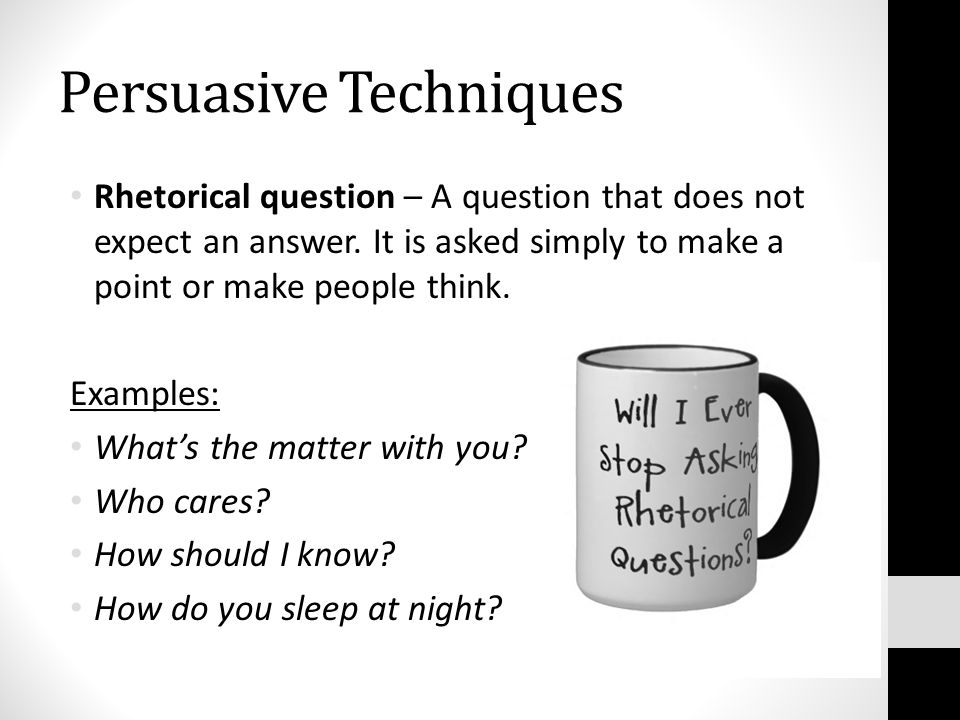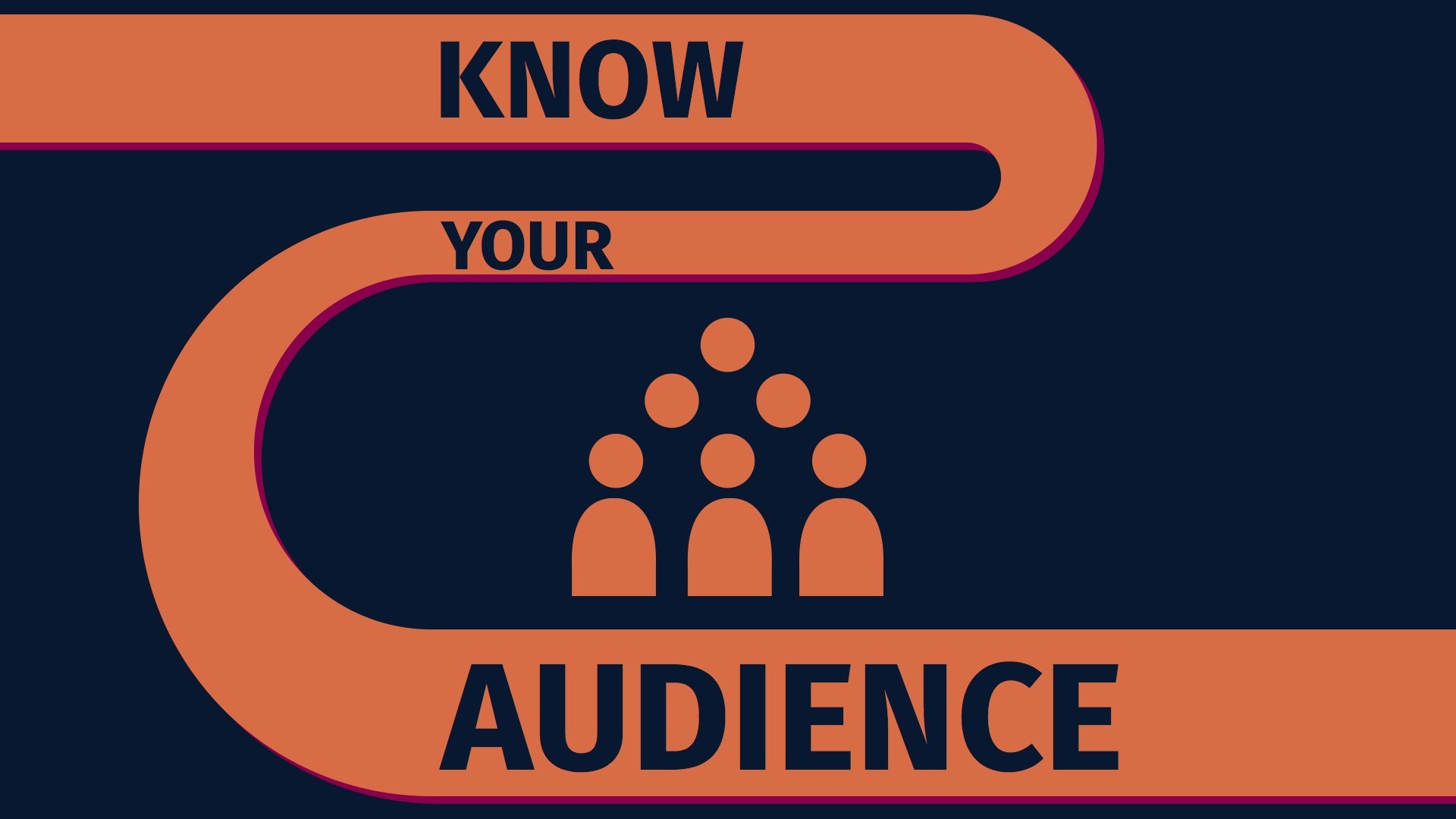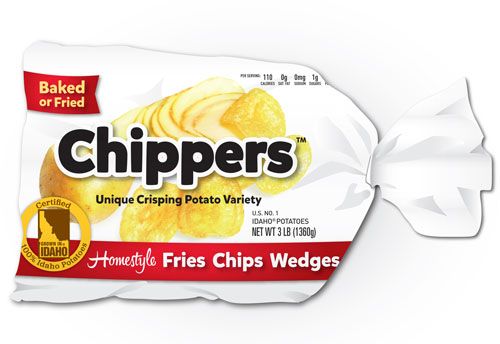15 Persuasive Writing Techniques to Increase Conversion
Persuasion is the process of providing evidence to convince someone to agree with your point of view. Persuasive writing is an essential skill for everyone since it will not only improve their general abilities but also help their jobs easier and their cases more compelling. When it comes to online business, persuasive writing is often used to drive readers to respond to businesses’ offers. Being applied in various situations and industries, it is the most common in ad campaigns when marketers and advertisers want to convince customers to buy something.
In this 15 persuasive writing techniques to increase conversion post, we will cover all you need to know about persuasive writing ranging from the definition, the advantages, tips, to examples.
Let’s dive in!
What is persuasive writing?
Persuasive writing is a type of writing in which writers use logical arguments and emotional appeal to convince readers to agree with their particular opinions. Remember the traditional debate or argumentative essay you assigned at school? We tend to prove the pros and cons of both sides and open a discussion for readers to choose from. When it comes to persuasive writing, it is more about one side only. That means you focus and include information supporting your thesis statement to persuade readers to agree with this point of view.
Persuasive writing is now a must-have tool of any business or marketing team. Indeed, it is used and shows an impact in almost every form of marketing. For example, persuasive essays exist much in the advertising process when advertisers write to influence people to buy their products or services. Indeed, the ad campaign is the form when persuasive writing is applied the most. That’s why in the latter part of this post, we would like to provide you with some persuasive writing examples in the ad campaign.
What are the benefits of persuasive writing?
As one of the most effective marketing tools that businesses should have, persuasive writing has the following benefits:
- Directly influencing the decisions of people in buying something.
- Convincing people to believe in a particular case makes it easier to raise a call to action.
- Helping marketers and bloggers demonstrate their points of view in a more structured and persuasive way.
- Educating people or customers in a specific major.
- Developing and advancing the overall ability of writers. By learning how to write persuasively, writers can not only improve their capabilities in writing, using facts but also teach themselves the way to research data expressively and briefly.
- Enabling people to communicate their points and introduce their opinions efficiently.
15 Best persuasive writing techniques for marketers & advertisers
Repeating your messages
According to psychology, when a person hears a message, it is likely to stick in his mind again and again. That’s why repetition is important in advertising, especially persuasive writing. When you repeat your messages, you can indirectly explain what you’re saying to your customers. It will make your clients agree with you more clearly.

Additionally, strategic repetition is a useful tool to constantly remind the audience of your slogan and your products. Then, when they are in need of the relevant product, your brand seems to be the first thing appearing in their buying list.
However, it is about how to use rather than what techniques to use. Don’t overuse repetition, or you will gain nothing from it. You should repeat your messages by creating different ways demonstrating the same point. In this way, you can improve your point while not making the readers annoyed with repetitiveness. Some different ways are:
- Rephrasing
- Repetition in an example
- Repetition in a true story
- Repetition in a quote from someone
- Repetition in the summary
- Repetition in the metaphors
Taking advantage of emotional problems
When using persuasive writing to promote a product, marketers and advertisers often spend time explaining how their products do to solve customers’ problems. However, diving into the solutions is sometimes less effective than taking advantage of their emotional issues.
That means you should resonate with your audience around the issues they are suffering from instead of introducing the products right in the beginning.
To focus on the emotional problems, you should mention or tell the relatable experience that can make your readers feel like they are listened to. The key basis of this marketing technique is targeting the sensitivities of the audience but still including logical evidence proving why they should buy your products.
This emotional appeal is also known as the “Empathy technique.” When you describe an unpleasant experience similar to what your customers are facing, they will see your brand empathize with their problems. In turn, it drives them to continue reading your writing and persuade you to buy their products to solve the existing problems.
The more relevant your writing is, the more effective your persuasive strategy will become. That’s why empathy or emotional appeal needs to be applied in most marketing campaigns. When you tell them those stories, they will feel like being listened to, which leads them to be more inclined to listen back to you.
Also, when you resonate with them on their issues, they are more likely to resonate with you on your services. In terms of long-term objectives, this marketing technique can still bring about high results because once you can make them believe you, it is easier and quicker to build customer trust and brand credibility.
Including the truth, data, and other analytical information
It is undeniable that marketers should include emotional factors to easily convince readers. Nonetheless, persuasive writing is not all about emotion. When it comes to persuasive writing used in marketing or advertising, the truth takes a crucial role.
The importance of this technique is long agreed by famous advertising creative director William Bernbach when he said “The most powerful element in advertising is the truth.” In fact, using emotional evidence means your points can be disputed easily. On the other hand, to prove your products or services are the best options for your clients, indisputable points are more than effective.
Remember to provide the truth by adding facts, numbers, case studies, or other analytical information. Despite not being as soft as the emotional factors, using facts and analytical data is somehow more powerful in marketing since it persuades your customers to consider your solutions. They will find that you get the actual results proved by the truth indicated in the ads instead of just talking about AB testing.
And again, don’t overuse it or your writing will be like scientific research.
Using a hooking story as the beginning
There are multiple advertising writing that your customers read through to choose the best solutions for them. Therefore, if your ads are not attractive enough, they will surely lose the round. Then, opening your first paragraph with a hook is a common way to catch readers’ attention.
Once you succeed in making your clients read the first line of your writing, they will likely read on to see more details. Then the evidence you use in the body part can effectively influence their decisions of whether to purchase or not.
First, a hook, marketers, and advertisers can present their opinions with a clear statement that can fully indicate their main point of view. For instance, you can start with a fact, finding from relevant research, or any other clues that state information supporting your statement. This way will drive your customers to be curious about what your writing will be about and what your brand can do to help solve their troubles.
The two most effective ways that are used as hooks are:
- A hook question to force readers to start wondering
- A noticeable phrase to make your audiences pay attention
Asking rhetorical questions
Rhetorical questions are those that should not have answers or could not be answered normally. That means you have to raise questions that can not easily be responded by “Yes” or “No.” Instead, the questions you have should make readers attracted and curious about what is going on or how you will handle that. In this way, you can drive them to read on.

When posing rhetorical questions, marketers or advertisers do not expect answers from audiences, but they should be answering those queries in their minds. In terms of customers, they cannot answer those questions at once but they are forced to look for the answer for themselves later on. Then, they will keep reading your writing to find out more information answering the question. Now, it’s high time you use your pieces of evidence to influence their decision to buy your products.
Telling a story
The root of what persuasion is lies in the fact that you have to make your readers or customers relate to the situation as quickly as possible. That’s why telling a story is regarded as one of the most effective marketing tools while persuading. When you tell a story, you can use it with many other persuasive marketing techniques or take it as the main strategy to write persuasively.
Storytelling is proved to be effective since it can help draw attention from the readers. This strategy is especially useful when your brand is about to launch a new product or even the first product of your career. It is because when readers do not know anything about you, they don’t know about the problem or consider finding a solution. On the other hand, telling a story is not recommended if you target customers who are very familiar with your solution or buy something from you before.
Using social proof
Using social proof in persuasive writing means providing the actions and positive experience of other users to make your target audience change their decision in making a purchase. Social proof is originally a psychological phenomenon when people tend to look for guidance from others to make sure their decisions are right before doing anything. Therefore, it is suggested business should include the experience, sayings, or actions of the following people to make their writing more persuasive:
- People have the same problems as your customers
- A large number of random people
- Someone who is respected by the majority of the public
Social proof is often used in customer testimonials, outside referrals, or social share count. Also, you can add the recommendations of reliable influencers, opinions of recognizable consumers, outside authorities, or blatant name dropping. They will surely make your writing more persuasive and trustworthy.
When using social proof, remember to be specific. Here are some tips you need to keep in mind:
- Include the data like name, company, title, picture of customers
- Sometimes, include even more details like the city, state, or age of customers
- Avoid general judgments but specific results
- Add in numbers and actual percentages to make it more believable
Being concise
Writing should not be lengthy and wordy all the time. The number of advertising writing is sometimes limited so you cannot use too much evidence to prove your point of view. Instead, be concise and use short statements. While long passages ask for the need and mental effort to understand things, to-the-point statements will help reduce cognitive overload.
However, creating a short but valuable statement is challenging. As long as you make sure your messages are memorable, fun, and persuasive enough, condense length can make it easier to pass your message around.
Showing your Unique Selling Proposition (USP)
USP that is also known as Unique Selling Proposition is the unique features of a business in terms of services, product quality, environment, and more. Those benefits help a brand stand out from its rivals. Being highlighted product benefits that are meaningful to consumers, businesses need to show their own USP to drive more online sales.
The USP of your company may be your positioning, return policy, shipping policy, and guarantees. Also, you can flaunt your unique selling features by emphasizing on the fact that you have low prices, good quality, or superior customer services. In this way, your brand will ingrain in your consumers’ minds, which forces them to read on and even make a purchase in the future.
Many marketers mistake USP for something extremely unique and complicated. Instead, your selling proposition needs to be communicated and comprehensible. Customers won’t remember a brand with complex ad writing. What’s more, it will be more persuasive and professional if you show your unique selling value without mentioning any names of your competitor businesses.
Exaggeration
When exaggerating your point of view, you are emphasizing it to bring about a sense of urgency.
People tend to buy something that many expect or that it is about to run out of. That’s why you need to create exclusivity. Make it seem like your customers need to run to decisions immediately or the deals will run out. Also, exaggeration can be used in hyperbolic statements to convey an impactful image. That means creating the actual feeling for your audiences by the way you use words and hyperbole.
Remember not to overplay this marketing technique or your writing will become untrustworthy.
Focusing on the biggest benefit you are providing
When promoting a solution, many businesses list various benefits they offer to persuade their customers. However, this way can make their ads campaign overwhelming and leave nothing on the target customer’s minds. So, why don’t you focus on the biggest benefit you are providing?
Before writing persuasively, marketers need to find out the biggest and most valuable feature of their brand and focus on it. The best way is to focus the main title on such benefits. This benefit will be the first thing customers view and the last thing remaining in their remembrance.
What are the prospects you care about the most? Put them in your homepage headline and let your customers see.
Agitating before solving
This marketing technique seems to be nonsense but rewarding once you make it right. Being an overall approach to making your case, an agitating technique is used before introducing the solutions you are about to provide.
Firstly, let’s find out what the biggest problems your audience is facing that you can solve. Next, focus on this problem and agitate the pain of your customers. Once they find their issues are more than serious thanks to your writing, you can now offer the products or services that can solve their problems. The process of persuasion will become easier if you follow this technique
This marketing tool is quite the same as Emotional appeal. You are not sadistic; you are empathizing. The customers will know you understand their problem since you’ve experienced, got rid of, or dealt with it. Therefore, the level of persuasiveness of your ads campaign will become beyond expectation.
Using prediction and promise
The persuasive campaign depends on how persuasive writers are. To build up strong credibility, you should know what you are doing and what results that your solution can bring about. Then prognosticating or prediction is a great idea to indicate future outcomes and results. Your consumers will feel secure when investing money on your products if you provide a bright glimpse into the future.
Using tones
Using tone in persuasive writing is when you write like the way you communicate in real life. Your writing is more like a talk between customers and businesses, and it becomes less boring for prospects to read.
While writing persuasively, you can hardly use imagery to make it attractive. Therefore, it is recommended you use tone to add emotion and keep them interesting. This fact is proved by many experts in the business industry. “Tell the truth but make truth fascinating. You know, you can’t bore people into buying your product. You can only interest them in buying it.” David Ogilvy - A British advertising tycoon, shared the tip to be successful in advertising campaigns.
Also, Sam Hurley, who is the founder of OPTIM-EYEZ said one main advice on persuasive writing is the tone. According to him, “A sentence that equates to the same meaning can be written in 10 different ways. Each variation will evoke 10 unique reactions — and the difference can ultimately mean conversion or exit.”
That means you should reword your statement in multiple different ways with several different tones. It is very crucial since your brand will become more humanized, which helps you easily build up brand credibility. You will be like a human being rather than a business that is expecting to increase sales. Tones work well when your readers feel relatable with the tones you bring into your writing.
Be free to add tone into your persuasive campaigns but be careful with it or your words may become impolite to some specific groups of customers.
Knowing your audience
To convince someone to buy products from you, you need to know and have a clear understanding of your target audience. Who you are going to talk to? What would they like or dislike? What do they focus on? Answer those questions to create a targeted demographic before publishing any ads campaign.

To help marketers have a thorough understanding of their audience, Michael Port, who is the famous author, proposed the FESP framework. This is the model that businesses should essentially write with their audience in mind. According to him, to be successful in persuasive writing, writers should focus on elements like ‘how would they feel about an issue?’ and how does the world appear to them in financial, emotional, spiritual, and physical terms.
Persuasive writing examples in Ads campaign
After understanding some common techniques, expert marketers use to convince customers to purchase their products or services, let’s look at some persuasive writing examples in ads campaigns.
Chippers
In marketing its product, Chippers have promoted the brand by listing some noticeable features of its chips with an attempt to persuade consumers to buy their products.

They wrote in their ads, “Chippers are the crispiest, crunchiest, and most delicious brand of chips you will ever taste. Buy a bag today.”
Lexi Mattress
Lexi Mattress is the type of qualified home furniture item. In its ads strategy, the brand made a promise to convince their customers to buy their items more effectively.
They said, “A Lexi Mattress is the most comfortable bed you’ll ever sleep on. Take a 30-day trial and see for yourself. If you’re not satisfied, we’ll come to your home, remove the mattress, and refund you in full. You’ve got nothing to lose. Give it a try today.”
Chompers Dog Food
Chompers is the brand that provides a range of hypoallergenic, complete dog food formulated by leading nutritionists. To help highlight its ads, the business presented “Chompers Dog Food is sure to make your dog’s tail wag. If you truly love your pup, you’ll try one of our all-natural selections today.”
123 Accounting
123 Financial Group was successful in marketing 123 Accounting. They prove their benefits helping people solve daily problems of tax returns.
They demonstrated their points “Why risk making a mistake on your tax returns or missing out on added money in your bank account? Trust the experts at 123 Accounting to ensure you get the biggest tax refund possible.”
Schuster & Schuster
To advertise their services of offering injury attorneys, Schuster & Schuster presented the amount of money that they have recovered for the clients who used their services before.
“Here at Schuster & Schuster, our injury attorneys have recovered millions of dollars for our clients. We will take your case and defend your interests to the very end. Call us today to schedule a free consultation.” They wrote.
Headache medication
One of the most effective persuasive marketing techniques of all time is using words with a sense of urgency like “today” or “now.” The writing below is a typical example.
“Our holistic headache medication will get rid of your headache with just one pill and fewer side effects than aspirin or ibuprofen. Be good to your body and try it today.”
Related posts:
- What is International Marketing? Advantages, Factors, Examples
- Why Reorder Point Can Hurt Your Business?
- Marketing Intermediaries Definition & Types
- 7 Functions of Marketing
- The 5 W’s & The H In Content Marketing
Final words
Consumers have a wide range of options for their wanted items. They are becoming smarter in choosing what to buy among multiple choices. Therefore, to gain a consumer’s trust and attention, marketers should consider how to write persuasively first. Persuasive writing is a must-have tool for any blogger or business. It will help you in dealing with difficulties during the advertising process as well as improve your overall abilities.
Hopefully, you will find something helpful in our post today. If there is still something you don’t understand about the focus group questions or want to know more about it, do not hesitate to ask in the comment section. We will reply to you soon.
Let’s test out and find the most suitable persuasive writing techniques for your company. Good luck!
New Posts






